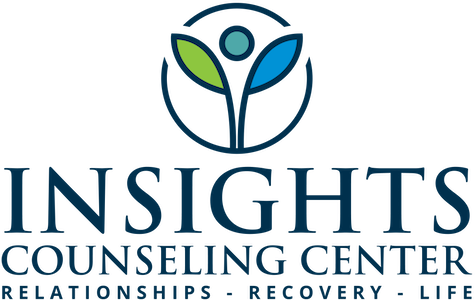When Disclosure Is the Next Right Step
Secrets Create Distance—Even When the Truth Feels Risky
In the aftermath of sex addiction or betrayal, there often comes a moment when the truth can no longer stay hidden. For some, it’s after a discovery or confrontation. For others, it’s the growing awareness that secrecy is standing in the way of real recovery and connection. That moment can feel both overwhelming and sacred.
Full therapeutic disclosure is not about dumping painful details or satisfying curiosity. It’s about creating the foundation for trust, healing, and clarity. When handled with care, structure, and support, disclosure becomes a way forward—not just for the person who acted out, but for the partner who’s been living in the dark, trying to piece together reality.
If you're wondering whether full therapeutic disclosure is the next right step, you're not alone. And you don’t have to figure it out alone, either.
What We Mean by “Full Therapeutic Disclosure”
In sex addiction recovery, full therapeutic disclosure refers to a planned, therapist-guided process where the person in recovery shares a written, detailed timeline of their acting-out behaviors. This is not the same as a reactive confession or a flood of information during a crisis. It is:
Voluntary (not coerced)
Carefully prepared over time
Grounded in clinical structure and emotional safety
Followed by ongoing support for both partners
For the partner in recovery, it’s a chance to fully step out of secrecy. For the betrayed partner, it’s an opportunity to finally stop guessing and start healing. With support, it becomes a deeply relational act of truth-telling and repair.
Why Secrecy Keeps Wounds Open
The space between discovery and disclosure often feels like emotional limbo. Partners may ask repeated questions, feel like they’re losing their grip on reality, or experience waves of hypervigilance and shutdown. These reactions aren’t irrational. They’re trauma responses to chronic uncertainty.
Secrecy compounds the injury. It keeps partners stuck in cycles of doubt and dysregulation. But when the full truth is revealed in a way that centers dignity and compassion, something shifts. There’s pain, yes—but there’s also a path. Finally, the story can be grieved and understood.
What to Expect From a Full Therapeutic Disclosure Process
At Insights Counseling Center, we walk couples through this process every week. We don’t rush it—and we don’t delay it unnecessarily either. In the past, some models delayed disclosure for six months or even longer, leaving betrayed partners in extended limbo and prolonging relational distress. We take a different approach. Once sobriety has begun to stabilize—typically around 90 days—we begin preparing for full therapeutic disclosure as soon as it is clinically appropriate. Our goal is to help couples rebuild a foundation of truth without retraumatizing either partner in the process.
A full therapeutic disclosure typically includes:
Initial couples session to assess readiness and create safety
Preparation sessions with CSAT therapists for the one writing the disclosure and with a CPTT or CCPS betrayal trauma specialist for the partner, to ensure care and therapeutic support for each individual
Guided use of assessments such as the SDI and PTSI to clarify what should be shared
A structured written document, built over several sessions
Many couples choose to verify the disclosure with a polygraph for the accuracy of the document
A joint disclosure session, in person, and co-led by the therapist who has worked with each individual
An impact letter, written by the betrayed partner 4–6 weeks later to express the effect of the betrayal, followed by a letter of amends from the one who disclosed
Follow-up sessions with trained couples therapists to help the couple continue to ground, regulate, and begin the deeper work of repair. Our therapists offer multiple options so couples can choose the pace and path that fits their needs
This isn’t a one-time event—it’s part of a larger journey of healing and reconnection. But when done well, full therapeutic disclosure becomes a turning point. It says: I’m not hiding anymore. I’m willing to be known—even here.
When It’s Time—And When It’s Not
Full therapeutic disclosure isn’t appropriate in every situation. If active addiction is still present, if the couple’s safety is compromised, or if stabilization hasn’t yet occurred, it may not be the right time. Pacing matters. Safety matters more.
But if sobriety is beginning to hold, if both partners want to move forward with clarity, and if the betrayed partner needs answers to begin healing—then it may be time to begin preparing. We can help you know the difference.
Healing Begins With Truth—Spoken With Care
You don’t have to be perfect. You don’t need to have all the right words. But secrecy cannot coexist with intimacy. The longer the truth stays buried, the harder it becomes to build something new.
Full therapeutic disclosure isn’t about punishing or proving. It’s about building a bridge—one built on truth, consent, pacing, and care. A bridge that, if both partners are willing, can lead to healing that’s deeper and more honest than what came before.
Let Us Walk With You
Whether you’re preparing to share something that’s been hidden, or trying to piece together a story that doesn’t make sense, we’re here to help. We specialize in guiding couples through full therapeutic disclosure with safety, clarity, and compassion—so that healing becomes possible, not just for the relationship, but for each of you.

